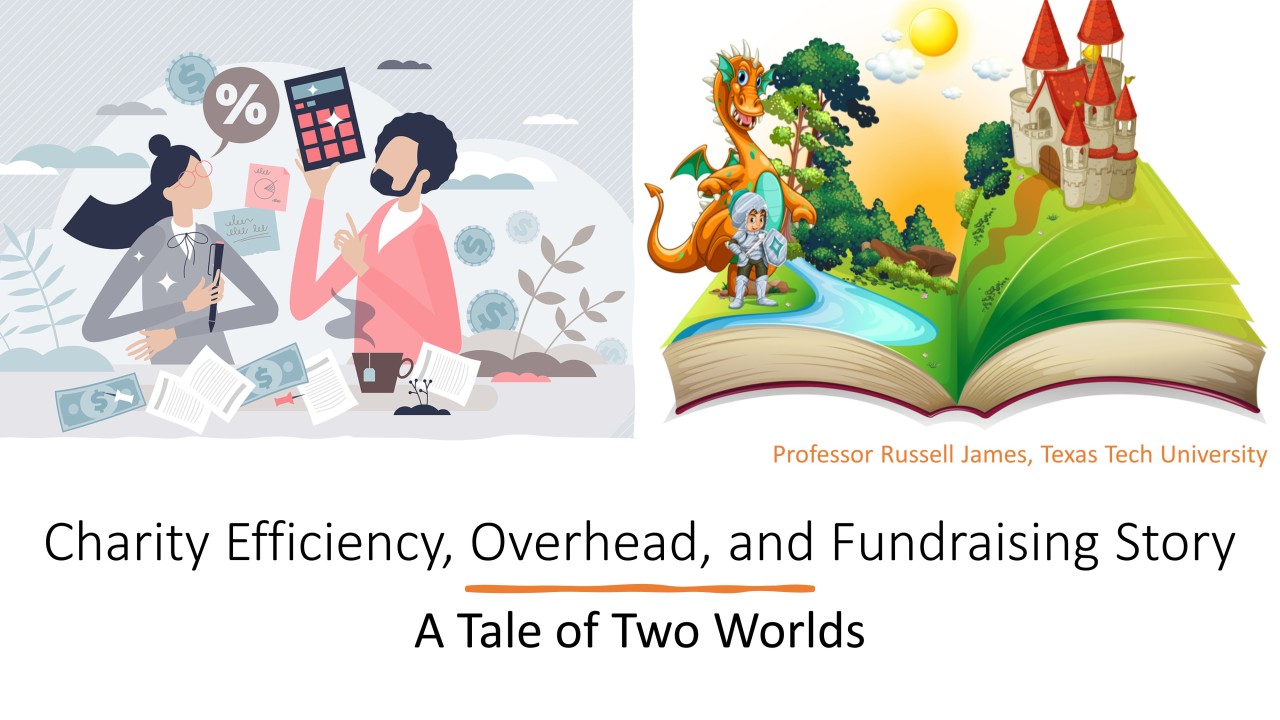 With the recent Susan G. Komen For The Cure brouhaha, the question of what charities (especially very large charities) spend their money on has been in discussion once more. If you’ve been under a rock, a quick recap. Susan G Komen has recently cut funding to a Planned Parenthood program providing free mammograms. Criticism and blowback was enormous. SGK was roundly condemned for making a political decision, for caving to pro-lifers (since PP pays for abortions as well) at the expense of the one cause it actually stands for etc etc. SGK leadership gave somewhat contradictory “reasons” for the decision. The decision has since been “reversed”, meaning PP can now reapply for funding (which is certainly not a ‘proper’ reversal IMO).
With the recent Susan G. Komen For The Cure brouhaha, the question of what charities (especially very large charities) spend their money on has been in discussion once more. If you’ve been under a rock, a quick recap. Susan G Komen has recently cut funding to a Planned Parenthood program providing free mammograms. Criticism and blowback was enormous. SGK was roundly condemned for making a political decision, for caving to pro-lifers (since PP pays for abortions as well) at the expense of the one cause it actually stands for etc etc. SGK leadership gave somewhat contradictory “reasons” for the decision. The decision has since been “reversed”, meaning PP can now reapply for funding (which is certainly not a ‘proper’ reversal IMO).
The interesting development since then is that it had led to some actual discussions about SGK , what it does, whether it’s effective or not. If you’re not aware, SGK is the main organisation responsible for the pink ribbons, “awareness-raising” and so on. This has come under a lot of criticism over the years as well but is beyond the scope of this post. What I’m interested in is how SGK splits its money. According to this Slate post, the breakdown of SGK’s gargantuan $400M/year budget is:

- 12% administration
- 8% fundraising
- 7% treatment
- 15% screening
- 24% research
- 34% education (largely the pink ribbon/awareness campaigns)
Let’s leave the other goals aside and just focus on administration and fundraising. Lumped together, that’s about 20% of what people might consider “overheads” as opposed to “programs”. Discussions of this have been a bit limited. Some see 20% as a low figure that suggets SGK is efficient (eg. Pharyngula). Others consider this as too much, especially if they lump in education. For instance this comment on the Slate story I linked to: “Wow – 54% of $400M goes to admin, fundraising & education (which for them seems to be an adjunct to fundraising)!? They’re crossed off my annual list of good causes.”
The problem with both of these views is that they assume the following:
- Overhead/admin is generally bad/wasteful for a charity
- The lower the overhead/admin the better
- Overhead/admin is a meaningful metric of how good a charity is
- Overhead/admin should be below a certain threshold for a charity to be worth donating to
- Good and effective charities have lower overhead/admin than bad charities
All of these assumptions are false. They’re myths in the crudest sense of the word — outright falsehoods (as opposed to simplifications) which are very commonly believed. Overhead/admin is often a meaningless metric, and trying to chase charities with low overheads is not a good idea. The best source of explanations for this is Good Intentions Are Not Enough, which has a whole ebook on the topic as well: Lies, White Lies and Accounting Practices — Why nonprofit overheads don’t mean what you think they mean.
Saundra Schimmelpfennig has blogged about this for years so rather than try explain it myself, I’ll let her historical posts do the topic. On the view that overheads are bad/wasteful:
Imagine walking into Wendy’s or Burger King (or whatever fast food restaurant you frequent) and insisting that you will only pay for whatever is actually on your hamburger. You’ll give them money for the cost of the bun, ketchup, hamburger patty, and pickles. But you refuse to pay for staff wages, building rental, electricity, the iconic golden arches, and certainly not a cent of your money should go to Superbowl commercials. [Source]
The only way to have no overhead is to hand cash to a random person (see this post). Anything beyond that requires finding people based on certain criteria, assessing needs, formulating plans, assessing your impact and work and so on. All of these are overheads. Asking for low overheads is asking for the charity to be blind to what it’s doing — it’s asking it to simply do (ie. work on the “program”) as opposed to assessing, optimising, evaluating and trying to find the best way to help people.
Also overheads are often a function of a particular charity’s accounting practices. One charity might consider paying for a staff member in the field as overhead, another as part of the “program”. A lot is subjective too. Sandra considers the WorldVision tshirts debacle where WorldVision shipped 100,000 unwanted tshirts from the US to developing countries. Shipping cost $1.82 per tshirt. So the overhead is completely dependent on what you value the tshirt at. WorldVision reckoned they could be sold for $20 in the US which gives the program 8.3% overhead. However if value them at $1 the overhead jumps to a very large 64.5%. A $10 valuation gives an overhead of 15.4%. Why might you value a tshirt at $1? If these are shipped to a country where local tshirts are available for $1, by giving it to someone you’re only saving them $1. In which case you’re paying $1.82 to save $1.
Finally, the chasing of low overheads incentivises (1) accounting arrangements that show a low overhead (2) actually skimping on much-needed costs like paid experts over volunteers, proper research on effectiveness as opposed to guessing and so on. While 1 might feel annoying and misleading (as the $20/$1 tshirt example shows), 2 is absolutely disasterous. It is therefore the quality and effectiveness of SGK’s programs that should be the main point of discussion.





0 Comments